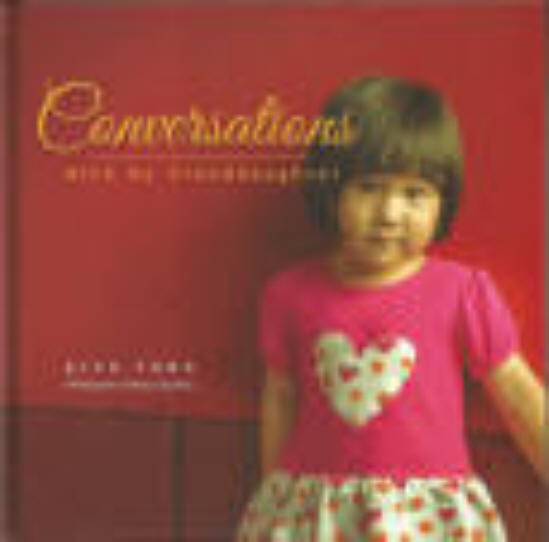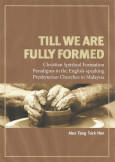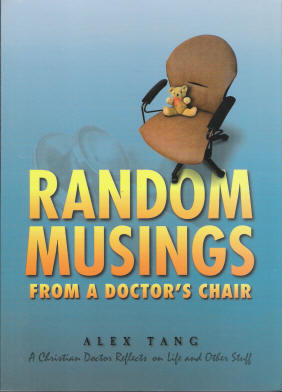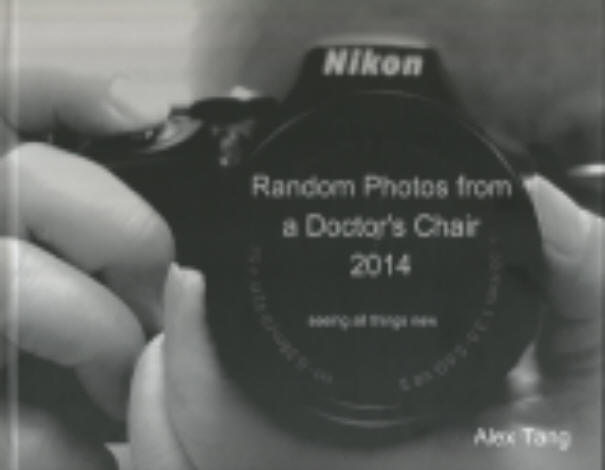Image-based Preaching-Visualcy
 In a earlier post High Tech Preaching, some comments and concerns about the use of technology in preaching were highlighted. Now to continue the survey.
In a earlier post High Tech Preaching, some comments and concerns about the use of technology in preaching were highlighted. Now to continue the survey.We are entering the third age of communication, according to Andy Crouch, culture guru and director of our Christian Vision Project. The first age was oral communication, when history and theology were captured in stories and shared around campfires and tables. The second age was written communication, when the stories were committed to papyrus and sheepskin and paper and finally mass-produced, thanks to Guttenberg. Now comes the third age. You might call it the age of Spielberg. Andy has coined another name.
"Many centuries after the shift from oral to written culture, we are now well along in the transition to visual culture—where the predominant mode of communication is images rather than words," Crouch says.
"Just as the shift to writing required the skills we call literacy, so visual culture requires its own skills—for lack of a better word, visualcy."
Leadership surveyed 515 subscribers who, as lead pastors, preach regularly. Most have entered the visual fray—some signed on willingly, others feel conscripted—but almost all have felt the ground shift beneath their pulpits as technologies, audience expectations, and Game Boy learning styles make new demands on preaching. And on the preacher. The television generation and its Web-wonk successors are changing the way we preach. Here's how
Labels: Church, Communication, Technology, Web 2.0















2 Comments:
Alex, Thanks for the link reminder with its reminder to "Tell the Story" in this highly visual generation.
hi blogpastor,
I believe we are at a significant crossroad here in our ministry. If we are to continue to effectively communicate the gospel, then we need to talk the language of culture, mode of learning and relevancy.
We used to think words alone are enough. So we push for literacy and education. Now words may not be enough. Where once we depend on the mouth, the ears, we now have to consider the eyes.
You know what? What is important is still the space between the ears :)
Post a Comment
<< Home